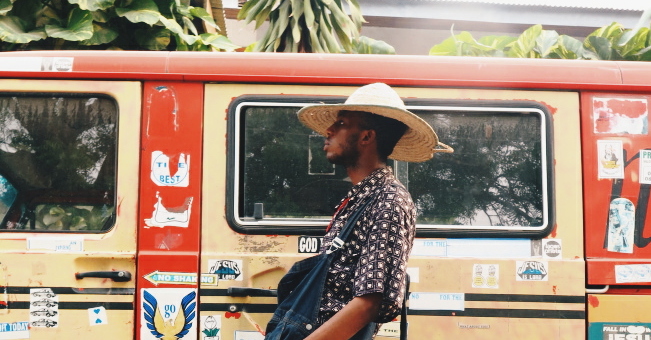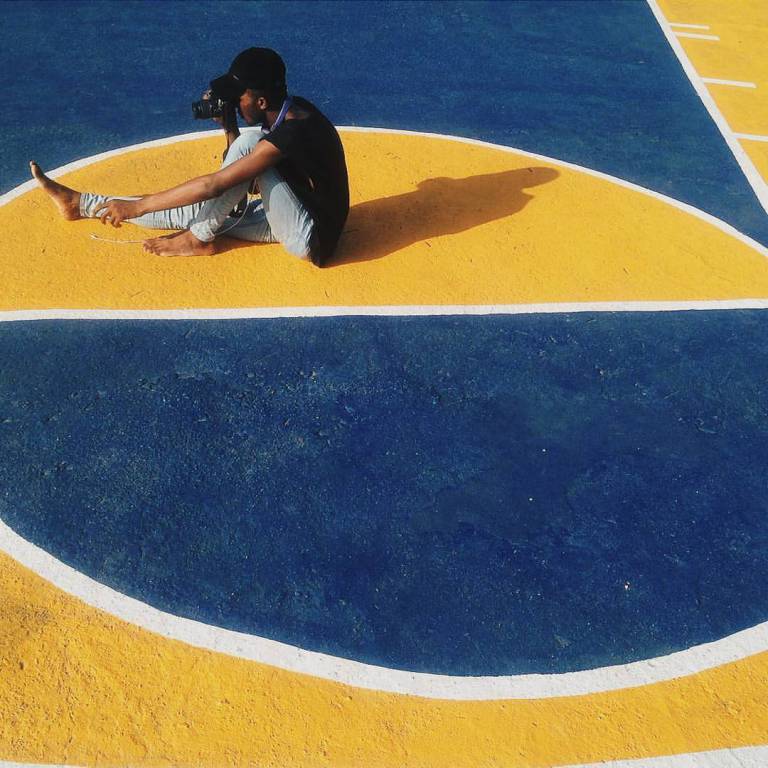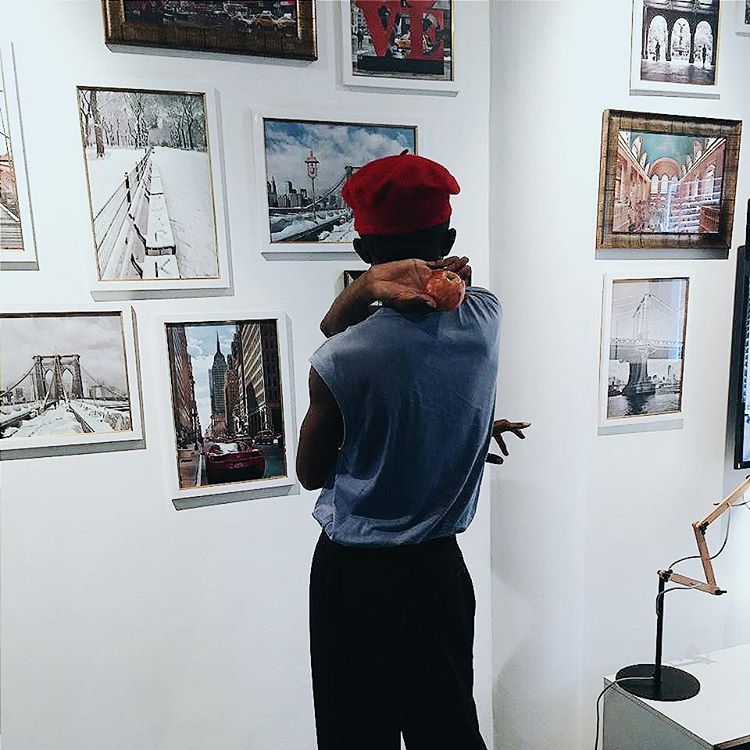AFROSARTORIALISTS’ JOURNEY TO EUROPE AND A NEW TALENT IN MY SPOTLIGHT

In the year and a half since I launched Afrosartorialism, the fortune and fame of African style bloggers has grown quickly and steadily. Some of them have become international trendsetters; others have launched careers in the fashion industry; others yet have put a growing visibility in the service of community projects and social initiatives.


In different capacities, the cultural work of these style amateurs is forcing a change in the common perception of Africa as a ‘wild’ and ‘tribal’ land from the margins of the fashion world, counteracting the stereotypical view of the continent that continues to inspire designers the likes of Valentino, Balenciaga, and McQueen.
Only last month Fashion Cities Africa opened at Brighton Museum & Art Gallery to enthusiastic reviews. The first exhibition to be held in the UK with a focus on sartorial creativity and entrepreneurship from the continent features bloggers as the leaders of a “renaissance that is as diverse as it is contemporary”, to quote Hannah Azieb Pool who wrote the book that accompanies the exhibition.

FCA invites to interpret this renaissance as an intervention on looking and imaging the relationship between self-perception and external perception with the tools of fashion, according presentation the status of art and political medium. Stars of Fashion Cities Africa are, among the others, the Sartists and 2manysiblings: two of the most active fashion collectives from Southern Africa and the minds behind numerous social initiatives in Johannesburg and Nairobi.

I am uncomfortable with the idea of fashion blogging as a genre of communication that fetishises clothes, accessories, and beauty products and so I am happy that the exhibition showcases these bloggers’ work as a reflection on fashion’s power to instigate tolerance and a desire to educate oneself on diversity. It is a great vehicle to promote afrosartorialism as blogging with a consciousness: a form of visual activism that experiments with the codes and grammars of fashion and visual arts, particularly photography, to participate in the global conversation on blackness.
A recent addition to my list of favourites is Obasi Daniel Onyedikachi, the 21-year old Nigerian concept artist behind “iamdasidy: the visual diary of a cross-eyed boy”. Daniel launched the blog three months ago on Tumblr with the goal of establishing himself as a stylist and creative director in Lagos. His blog is structured like a moodboard and curated virtual space where authored material and reblogged content coexist.



The page fits my discussion of afrosartorialism as visual activism because it pushes the boundary of fashion blogging in ways that don’t always priorise self-presentation and self-ornamentation, nevertheless using visual storytelling to advance the conversation about being black and African. In the tradition of popular Tumblr pages like manufactoriel, “iamdasidy” is more like an afrocentric destination for art enthusiasts that places fashion shoots within a larger corpus of visual works.

The use of colour personalises the narrative and facilitates the dialogue and attention shift from Daniel’s aestheticised body (the subject of most of the fashion shots) to the blog’s body as an archive of place-based and contingent experiences. I’m fascinated by Daniel’s relationship with the surroundings and by his style of fragmented visual narrative. Fashion’s contribution to the creation of these instant-memories is found in a love for unnatural poses and what Daniel calls “quirky” and “grunge-centred” compositions.


I like that the blog leaves room for interrogation, that it is not whole but full of gaps.
The subject of “iamdasidy” is not always and necessarily constituted by Daniel’s style preferences, nor it is a cumulative attempt at documenting an identity journey.
Actually, contrary to the rules of fashion blogging, the ‘real’ Daniel is practically absent: when he is the subject of the shootings, his face is obscured or turned away. Basically, he lets his curatorial and artistic practice speak for him, self-consciously substituting the auteur for the anonymous young man.


While this stylistic choice is certainly part of Daniel’s professional strategy, showing a knowledge of the visual politics of fashion as art, it is also an intervention on racial politics that puts the focus on the body as matter. I don’t know many other bloggers who do express such a strong interest in foregoing the personal in their online spaces and let their body language do all the talking and presenting.
It will be interesting to see what evolves from this and what Daniel’s future work will be like once he builds a larger following on social media.